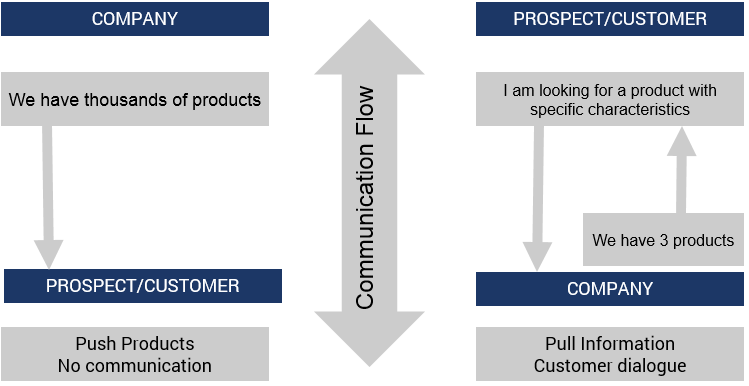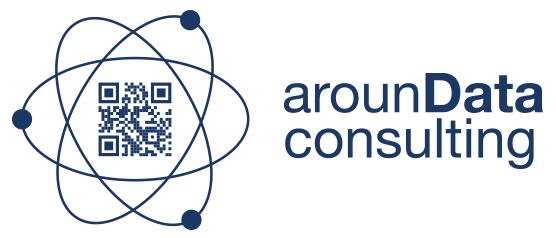
The search for product information is the first step to develop customer’s engagement.
Currently, when a buyer searches for a product, he’ll get dozens of pages filled with products poorly described and in which he must dig to search for the product corresponding to those needs.
This is painful and time consuming for the client or prospect because he has to spend time browsing the web pages.
For 2017, many analysts predict the rise of chatbots.
Even if they rely on artificial intelligence, chatbots will use libraries of information to answer user’s questions.
One of the first topics of conversation between a chatbot of a brand or a distributor and a customer is about product features and functionalities.
The chatbot should improve the product experience to reduce this time through providing clear and concise answers and product description in order to engage rapidly the customer in a purchase process.
But to succeed in this challenge, it is important and critical to describe in detail, very accurate manner, the product using key words, describing the features offered by the product, products in upsell and crossell, etc ….
Thus, the more detailed the product is described, the more the chatbot will be able to respond very quickly to the questions and needs of the customer, with a reduced proposal of products
The chatbot will create a dictionary of characteristics for each attribute, in all languages.
This dictionary will be enriched and refined for each attribute, as discussions with the buyers take place.
This is why it’s becoming critical for companies to structure, organize and manage their product data with a PIM
